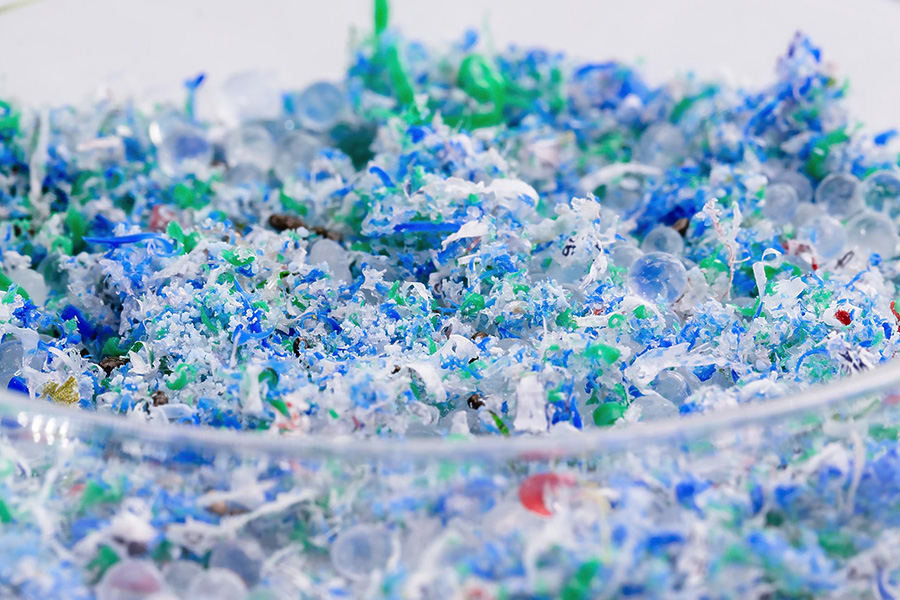
A novel approach using Cyphos IL 104 successfully recovers germanium from waste optical fibers, enabling sustainable resource management.
Authors
Amit Kumar, Nanjing University of Information Science and Technology, School of Hydrology and Water Resources, Jiangsu, Nanjing, 210044, China
Soniya Dhiman, Department of Biochemical Engineering and Biotechnology, Indian Institute of Technology Delhi, New Delhi, India; Department of Chemistry, Indian Institute of Technology Roorkee, Roorkee, 247667, Uttarakhand, India
Rupesh Kumar, Professor, Jindal Global Business School, O.P. Jindal Global University, Sonipat, Haryana, India
Himanshu Gupta, Department of Chemistry, School of Sciences, IFTM University, Moradabad, 244102, Uttar Pradesh, India
Summary
The study presents an environmentally sustainable and methodical approach for germanium (Ge) reclamation from waste optical fibres. Cyphos IL 104 (diluted in toluene) was employed for the first time to facilitate Ge retrieval from these fibres. Leaching was conducted using 7 mol/L HCl, resulting in a leach liquor composition (mg/L) comprising Ge-112, Fe-389, Ca-88, Mg-155, and Si-87, sourced from the waste optical fibres. The determination of theoretical stages requisite to complete Ge extraction as well as subsequent stripping was validated through the construction of McCabe-Thiele plots. Counter-current assessments were also undertaken to validate the findings. The McCabe-Thiele diagrams indicated that Ge extraction achieved completeness at an A/O ratio of 3/1, requiring 2 extraction stages. Sodium hydroxide served as the stripping solution for Ge, showcasing quantitative stripping (at O/A = 2/1) necessitating 3 counter-current stripping stages for >99 % Ge recovery with high purity. Subsequently, germanium oxide (GeO2) was synthesized from the strip solution. The synthesized GeO2 underwent characterization via X-ray diffraction, energy dispersive X-ray spectroscopy and field emission scanning electron microscopy. The outcomes establish the suitability of developed methodology for environmental, economic, and industrial benefits, showcasing its potential for broader applications in sustainable resource management.
Published in: Journal of Cleaner Production
To read the full article, please click here.

